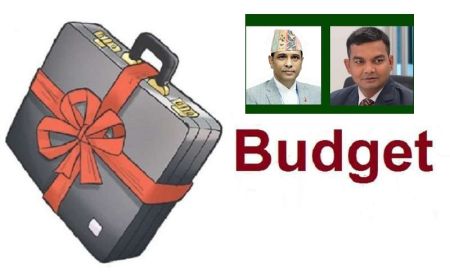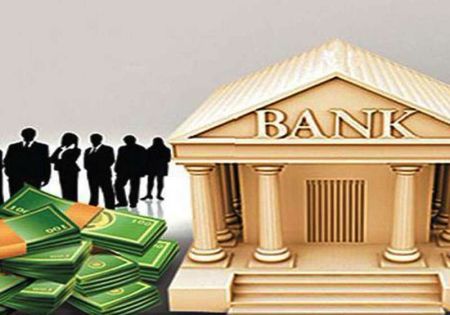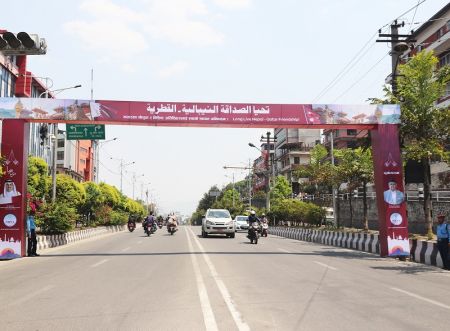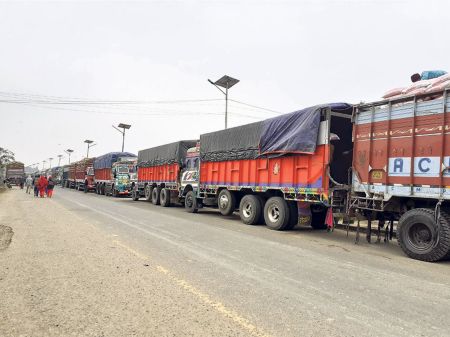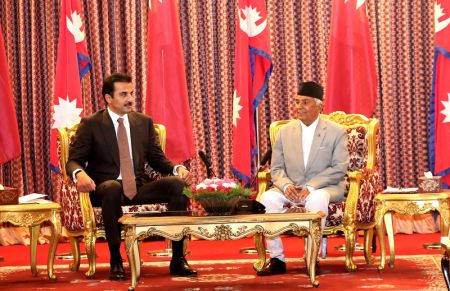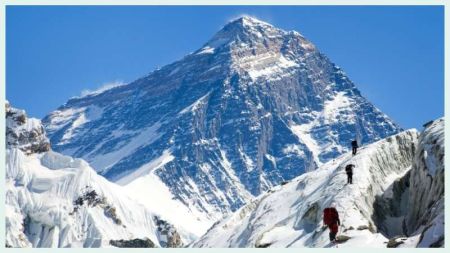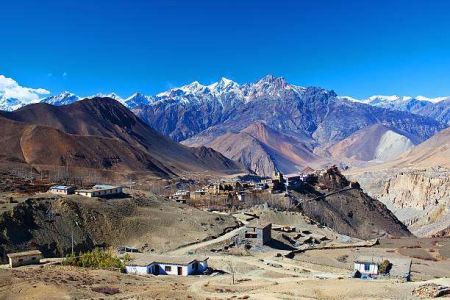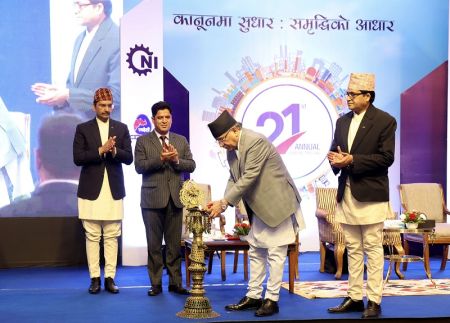.jpg)
--By Achyut Wagle
One of the most notable ripple effect of Indian Prime Minister Narendra Modi’s official Nepal visit in the first week of August could be India’s invitation to Nepal to discuss on Power Trade Agreement (PTA) between the two countries. A possible signing of the PTA during Modi’s presence in Kathmandu was aborted mainly due to an ambiguous provision perceived to be barring to the third party to invest in Nepal’s hydropower development. It appears that Modi truly wanted to translate his words of magnanimity to reality in bilateral relations.
In fact, Modi hardly said anything different than ‘official position’ maintained by the Indian leadership and bureaucracy at any point in history – Nepal is a sovereign country! Buddha was born in Nepal!! India never won a single war without the help of brave Gurkhas!!! Etc. But at the ground level treatment, at least a strong bloc of Nepali intelligentsia feels that there were hiccups and highhandedness at every level, from political corridors of New Delhi to the border crossing points of Taplejung in the east to Tinkar in the west. But Modi perhaps said it differently. His expressions exuded a great degree of honesty and confidence beyond an official platitude could do. That was unquestionably an important first step; and real litmus test of his vowed open heartedness towards neighbours. It now depends on how differently and how soon he takes initiative to implement his promises made in front of Nepal’s sovereign parliament.
Nonetheless, the beginning on this front also now appears encouraging as Kathmandu got invited to discuss on PTA within ten days of Modi’s return. Nepal otherwise has heard all warm words umpteen times in history, by many influential politicians and bureaucrats from across the southern border. But the ground realities and actual trust level between the two countries hardly took to any heights.
It is work recalling for example, that soon after the Pancheswar agreement between Nepal and India was signed on 12 February, 1996, an article in India's pro-left ‘mainstream’ magazine by the then foreign secretary of India J N Dixit had termed it as ‘the watershed in Nepal-India relations.’ He thus claimed that the agreement heralded a new era based on the principle of equal distribution (not equitable) of cost and benefits on hydropower development and water use between the two countries in shared ‘water projects.’ But in reality, it watered down all possible joint Nepal-India endeavours in hydropower development for seventeen long years. It needed an entire era and a full circle of political events to unfold both in Nepal and India for this border river multipurpose project, located in the far-west of Nepal to figure out again in the diplomatic domain of Nepal-India bilateral relations. It could not happen until Modi paid an official visit to Nepal this time around. The two countries, interestingly also needed another agreement just to revive it.
What hindered it? Allegedly, there was a perceived unhappiness among the Indian bureaucracy regarding ‘thrusting’ the word ‘equal’ in the agreement. There is a school of thought in Nepal, which believes that this exactly is the reason why the New Delhi establishment was not eager to follow through this project and thus got shelved for so long. In Nepal, there was the civil war and, for all practical purposes, non-existent government to pursue it in the right earnest. In addition, there is a persistent nationalist rhetoric essentially by anti-nationals who made India-bashing the main plank of their politics. Apprehensions on possible cheating by India also may have worked as repellent factor for India to take an extra initiative.
If one goes by the words (August 5, 2014) of Chandan Nandy, The Times of India analyst, (Nepal’s) continuing rhetoric is part of a small country’s unreasonable demands against a larger neighbour, which would not end even if favourable concessions are made to it. Nepal’s disgruntlement at India is a bit like India’s disgruntlement at the US — which is why there was ferocious resistance, including from BJP, to the India-US nuclear deal, which brought India out of the nuclear doghouse.
And, to flip to the other side of Chandan’s coin, not only the disgruntlement but the self-anointed role of a merciful messiah by India to Nepal is also comparable to that of US to India. This is the real source of disgruntlement and impediment to smooth sailing of bilateral relations.
It was United Maoist Chairman Puspa Kamal Dahal to ask perhaps the most pertinent question to Prime Minister Modi during their Kathmandu tete-a-tete – ‘Will your apparatus support you to be so generous to the neighbours?’ Dahal reportedly asked. The wearer knows where the shoe pinches, goes the saying and Dahal’s saga on premature ouster from the premiership in 2009 goes well with it. The grapevines exposed to these episodes reveal that Dahal’s desperate efforts to talk to the political leadership before he resigned were thwarted and he was repeatedly asked to talk to a middle-level bureaucrat instead.
These largely hearsay episodes only reemphasize the importance of elevating the bilateral neighbourly relations to political echelons from the alleged bureaucratic or intelligence agency levels. Modi as the prime mister with absolute majority in Indian lower house of Parliament, the Lok Shabha has a real advantage if he wishes to move to that direction.
But, a little out of context but related reality cannot be ignored in the present day global diplomacy. All the political leadership, including those of great democracies has, for all practical purposes, not only become parasitically dependent but subservient to their respective national intelligence agencies. The US Secretary of State’s John Kerry’s confession on ‘snooping on Indian VIPs’ during his recent New Delhi visit was in effect expression of being unable to do anything to stop it. In the episodes of Edward Snowden or German Chancellor Angela Merkel’s phone taping by US intelligence, President Obama was just a political defender of all those acts. The Indian intelligence and bureaucracy have far better advantage than the similar set-up in the west. It is because, majority of Indian politicians are far under educated than the babus in bureaucracy, thus dependent on the wisdom, acts and tantrums of them. The point to draw home is: the minute these apparatus cease to override the political decisions in any pretext of security or greater national interest, their very existence becomes irrelevant. Therefore, it would be foolish to assume that Indian intelligence apparatus and bureaucracy completely yielded to decisions of the political leadership. Still, good news is that India has not yet become an absolute spy- (mis)rule, as has Pakistan. Therefore, Modi still has larger chance of allaying the fears of Dahal.
One of the unresolved enigmas for the Indian establishment is that; why on earth there is so much of anti-Indian-ism despite the fact that India has done a stream of favours to Nepal. In announcing very generous support in every field possible – USD one billion line of credit, PTA in Nepal’s terms, scholarships to students and anything political leaders dared to ask for – Modi’s advisors must have in their minds that these gestures would surely help to change the game. If so, they are wrong.
Another related question many Indians often ask is: Why do Nepali politicians beg for Indian support in private and fire anti-Indian statements for public consumption?
The solution to both of these riddles would come through another question: How many of Indian, or Nepali for that matter, high officials like ambassadors and first secretaries have ever crossed the Nepal India border, incognito and without prior notice, as a common ill-clad person and subjected themselves to the ‘regular’ behaviour of a cop or a clerk posted at the border point? Or how many Nepal experts or journalists in India have done it? There are also issues that matter more to India. How serious are these government agents to the so called heightened ‘security concern of India’ from Nepal’s porous border. And what is the ‘retail’ rate of compromising it?
For now any answer given by a common Nepali could be considered a judgmental one. Let the mandarins in South Block and Singhadurbar find some convincing answers to these questions themselves, which in turn answer the question of so called inextinguishable anti-Indian feeling in Nepal. Politicians are bound to say two different things where there are two poles apart constituencies, which are crucial to them to ride on the power saddle, at different turning points.
And we must tell the whole truth if we are building trust. True, there are thousands of Nepalis working in India. What about the Indians working in Nepal? Let’s compare the numbers, whatever it is, in terms of population ratios. It is an objective approach. This is only an example. On floods, on water resources, on employment and many more, there are misconceptions, where both nations need to work together.
Modi as prime minister and his government definitely have power to quell them and work for trust building, as continuation to what he did during
the address to Nepal’s parliament. But, again the questions is live, will he be able to deliver on his own promises with regard to Nepal-India relations? Hope! The best answer.
The writer is former editor of Aarthik Abhiyan National Daily.








